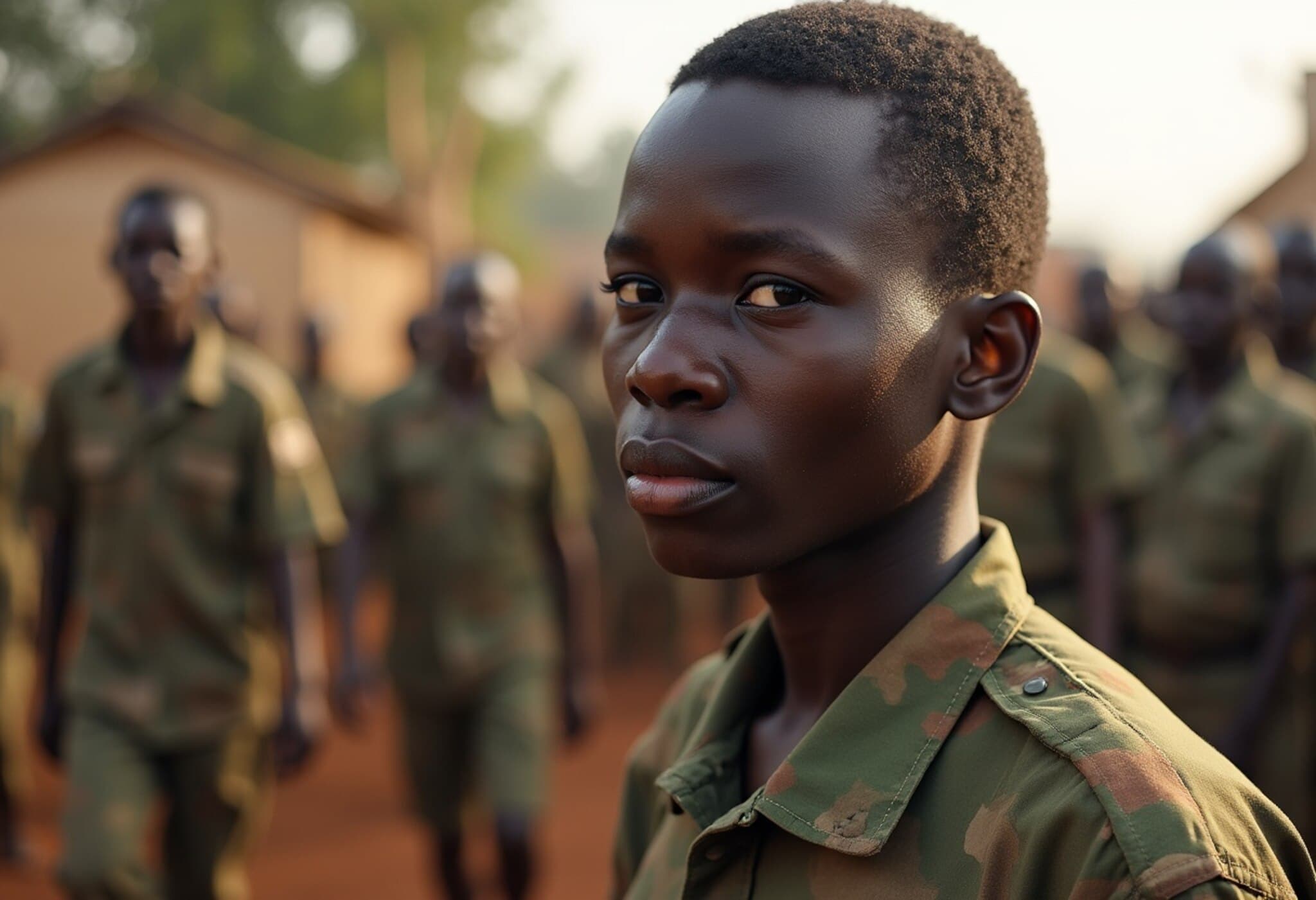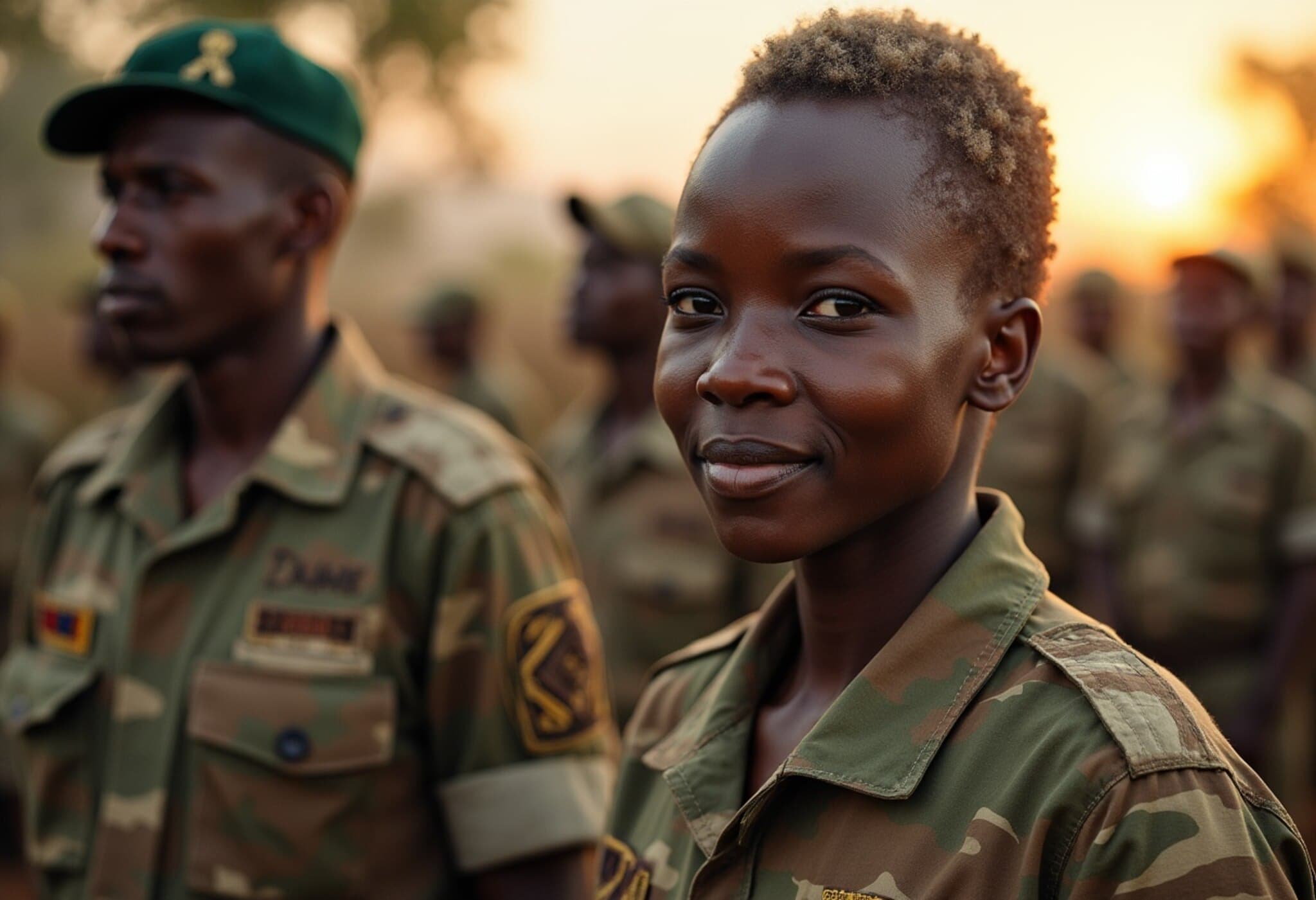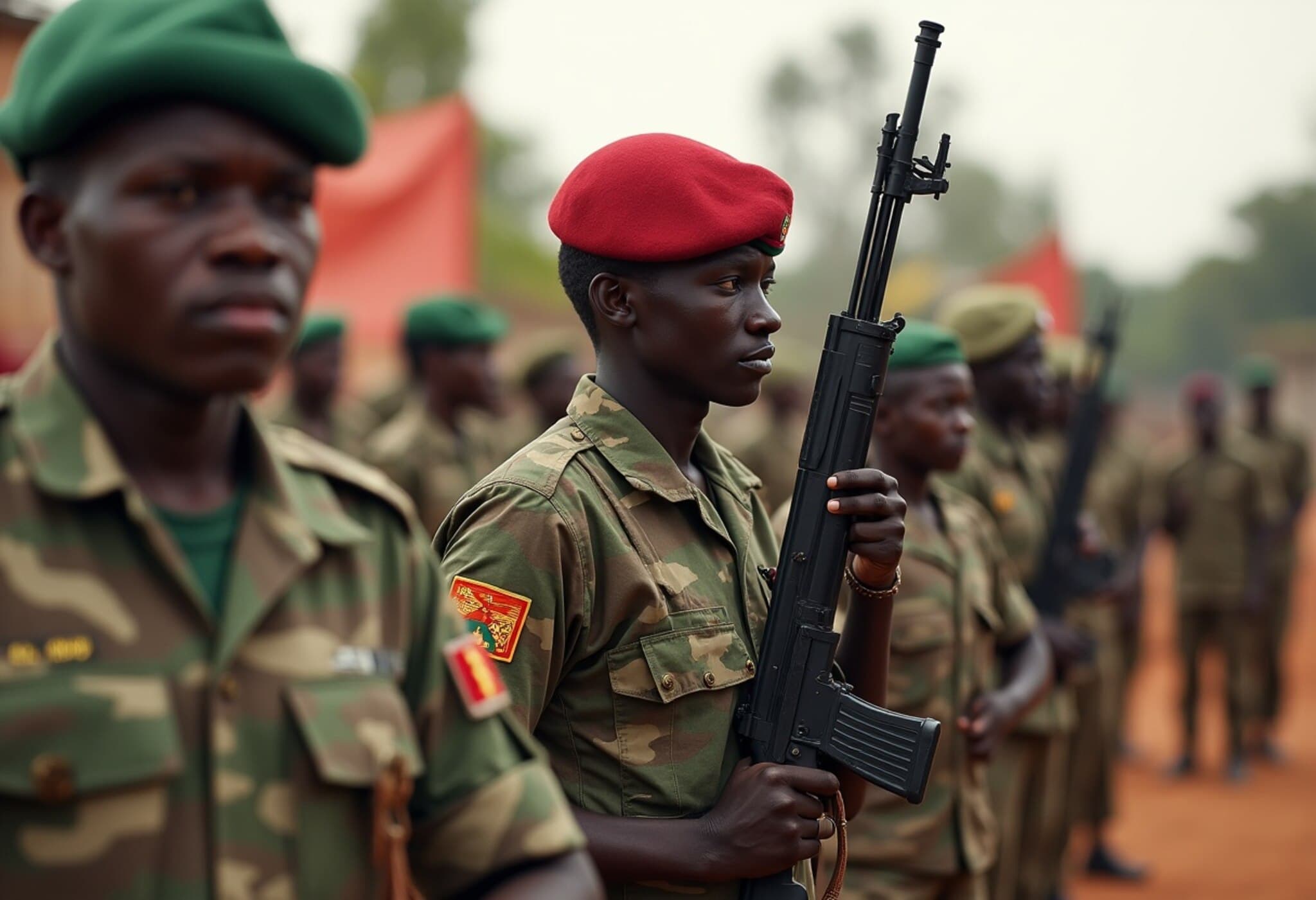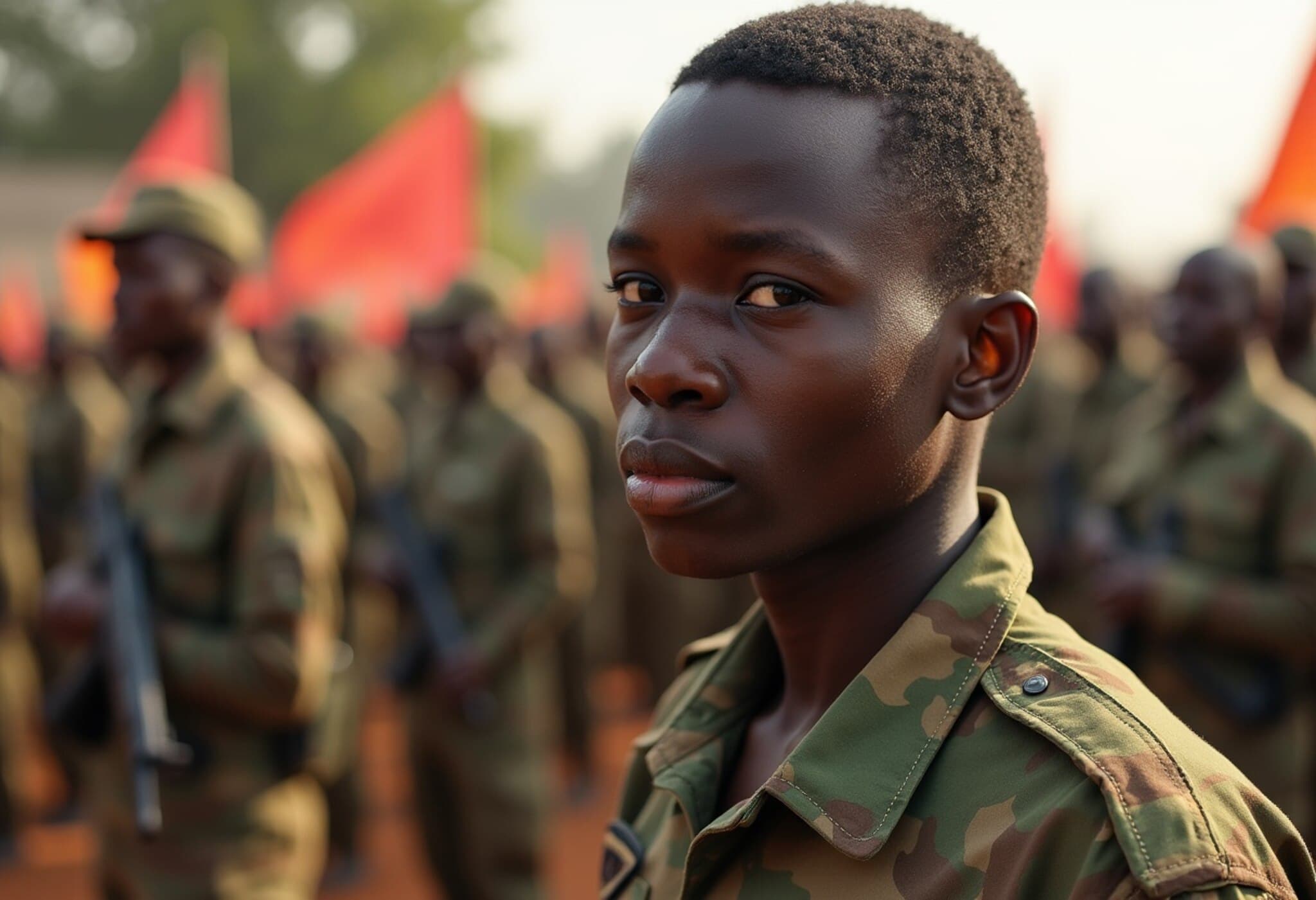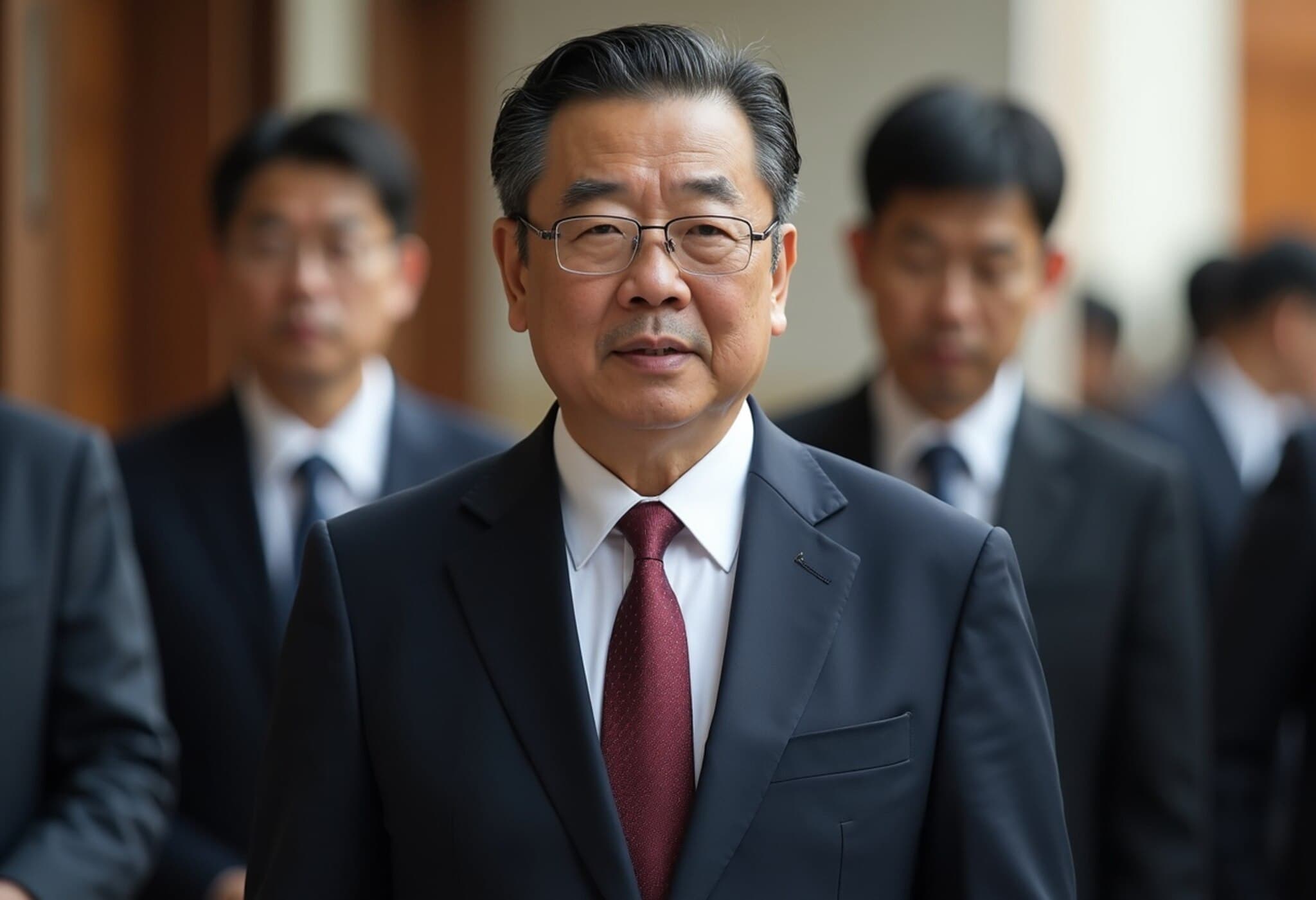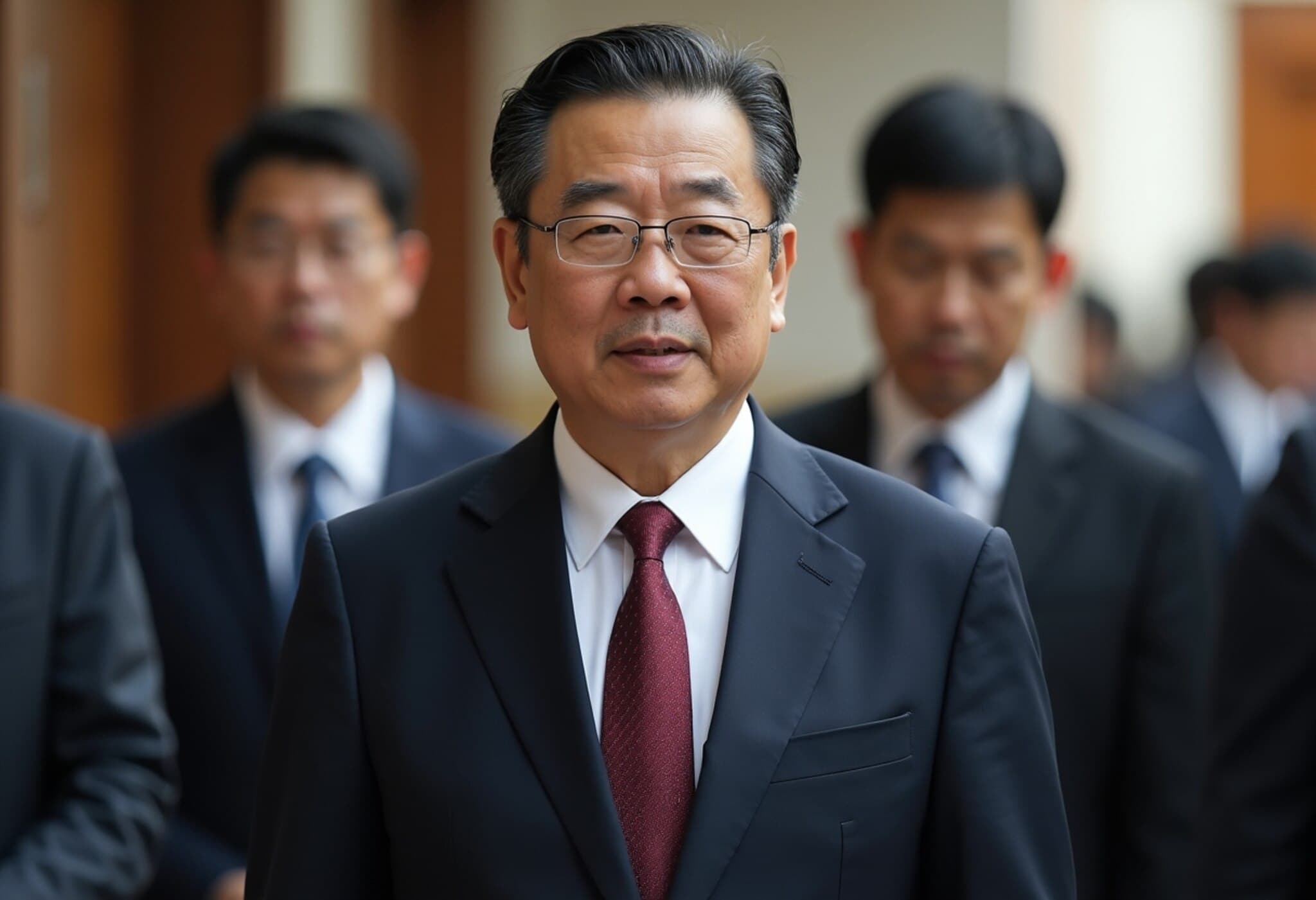Congo and Rwanda-Backed Rebels Take Historic Step Towards Permanent Ceasefire
In an encouraging development amid decades of strife, Congolese government representatives and the Rwanda-aligned M23 rebel group have signed a declaration of principles aimed at ending the sustained violence in eastern Democratic Republic of Congo (DRC). The ceremony took place on July 19, 2025, in Doha, Qatar, marking the first direct commitment from both parties following a significant rebel advance earlier this year that saw two key cities seized in the mineral-rich east.
What Does the Declaration Entail?
The signed document underscores a shared pledge for a permanent ceasefire complemented by plans for a comprehensive peace agreement. The final accord is scheduled for signing by August 18. Notably, it aligns with the Peace Agreement between Congo and Rwanda brokered by the United States in June 2025—signaling a coordinated diplomatic effort to stabilize the region.
Background: The Complexity of Eastern Congo's Conflict
The M23 rebel militia, supported by neighboring Rwanda, represents the most visible armed group amid more than 100 militias competing for control over eastern Congo's valuable mineral territories. This multifaceted conflict has displaced roughly 7 million people and is widely regarded by UN experts as one of the world’s most protracted and complex humanitarian crises.
- Human Cost: Millions remain internally displaced or seeking refuge abroad, facing conditions of extreme vulnerability.
- Economic Stakes: Eastern Congo’s rich deposits of coltan, gold, and other minerals fuel both local economies and armed contention.
- Regional Dynamics: The involvement of Rwanda and other neighbors complicates peace efforts, reflecting intertwined security and political interests.
Expert Insights: Why This Agreement Matters
As an experienced policy analyst specializing in African geopolitics, I highlight that this ceasefire declaration is more than symbolic. It reflects a rare consensus after years of fragmented negotiations and mixed international interventions. The linkage with the US-facilitated peace accord suggests growing international leverage and a mutual recognition that ongoing conflict undermines regional stability.
However, challenges persist. Ensuring compliance, integrating rebel forces into political frameworks, and addressing root causes such as governance deficits and local grievances remain critical for lasting peace.
What Next? Key Questions Ahead
- Implementation: How will both the Congolese government and M23 enforce the ceasefire on the ground?
- Monitoring Mechanisms: What role will the UN and African regional bodies play in verification and mediation?
- Addressing Displacement: How will humanitarian agencies coordinate to aid millions of displaced civilians?
- Regional Security: Will Rwanda continue to influence the situation, or move towards more transparent cooperation?
Regional and International Implications
For U.S. policymakers and humanitarian organizations, this development underscores the importance of sustained engagement in Central Africa. Stabilizing eastern Congo could curb spillover violence, diminish illicit mineral trade funding armed groups, and set a precedent for resolving similar protracted conflicts worldwide.
Editor’s Note
The signing of this declaration between Congo and the M23 rebels signals a hopeful pivot in one of Africa’s longest running conflicts. Yet the path to peace is fraught with obstacles—from enforcing the ceasefire to addressing deep-rooted political and economic challenges. Readers should watch for developments in the coming month as the final peace accord emerges, and consider the broader implications for regional stability and global humanitarian efforts.
What steps can international stakeholders take to ensure lasting peace and support recovery for millions affected? The answers to these questions will shape not just Congo’s future, but that of Central Africa and beyond.

